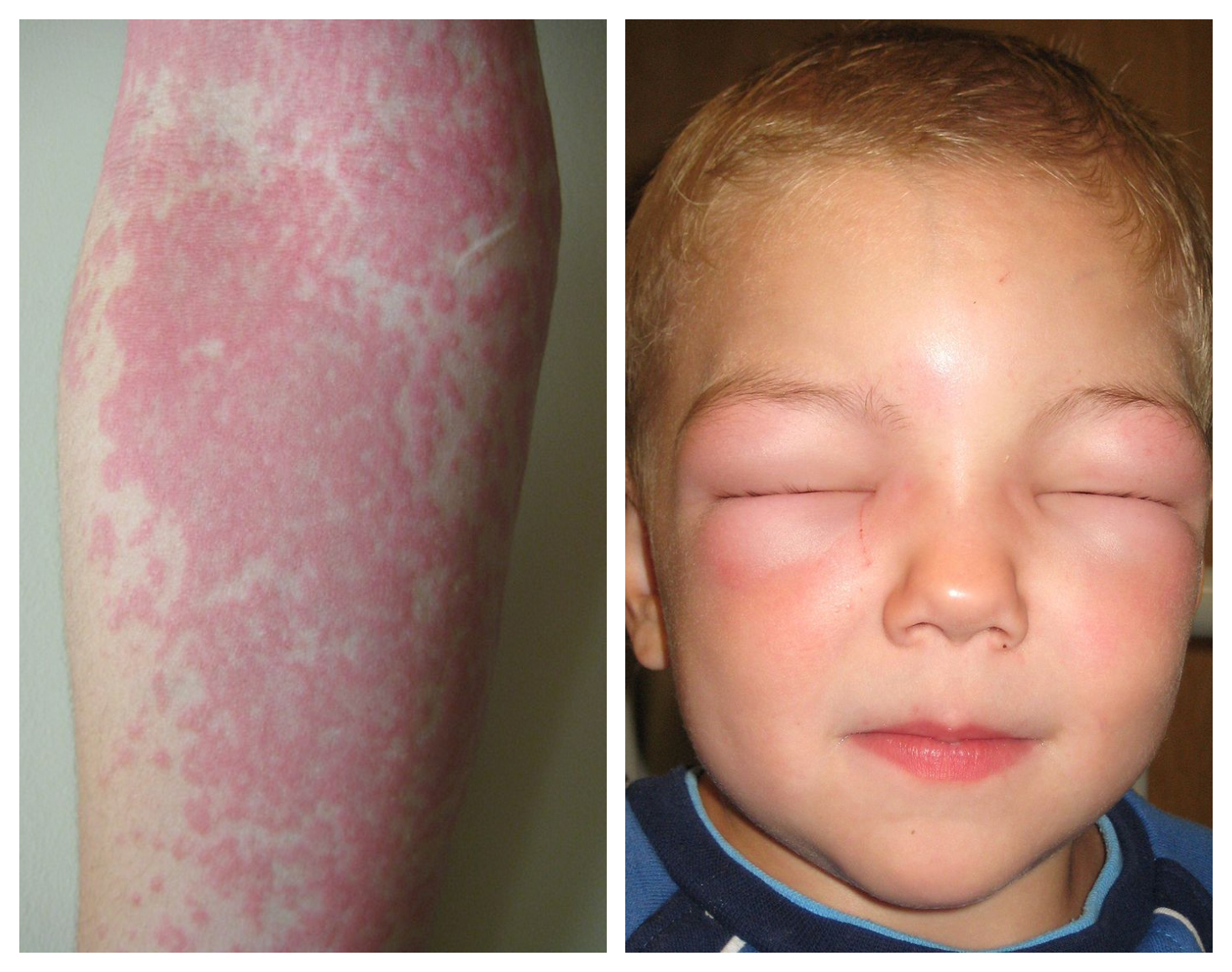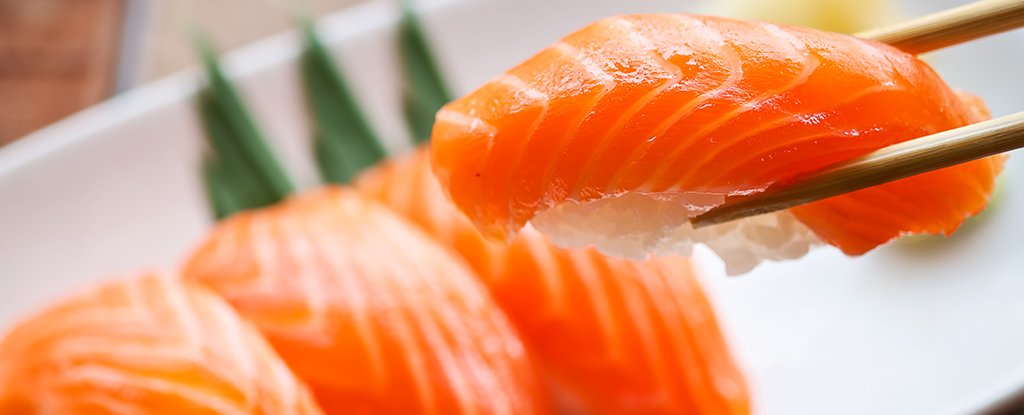Cacing found in 8 DIFFERENT sardine brands? Here’s how they ended up there in the first place

- 905Shares
- Facebook783
- Twitter8
- LinkedIn13
- Email21
- WhatsApp80
Be it home-cooked or tapau food, instant noodles or canned food, Malaysians are verrrrryy particular about the food we consume. So, when we come across news like how some canned sardines are contaminated or suddenly get an unpleasant surprise in our food, of course we will be outraged.
However, news on contaminated canned sardines aren’t exactly new. In April 2018, the Health Ministry recalled two canned sardine products from China after they were found with dead worms. Those brands were TLC Sardines in Tomato Sauce and TL Tan Lung Canned Sardines in Tomato Sauce.
And recently, The Star reported another SIX products contaminated with worms. The products are sardine brands from Cinta, Sea Brand and HS Brand besides mackerel fish in tomato sauce from King Cup, Star Cup and TC Boy brands.
But this time around, it was reported that these products are contaminated by worms from the genus Anakin Anisakit Anisakis spp.

If these worms live in the sea, how did it end up inside humans?
Yea, yea, we know how alien Anisakis (pronounced as a-ni-sa-kis btw) sounds. Basically, Anisakis is a parasite worm whose life cycle involves fish and marine mammals.
These worms aren’t your regular cacings in the soil that you can find behind your backyard. Apparently, a French biologist named Félix Dujardin created the genus (genus basically means group) Anisakis in 1845. Based on his book which was written in French (sorry, we dunno French so cannot help translate everything for ugaiz), Anisakis was created as a subgenus of another worm called the genus Ascaris Linnaeus.
And just like any living things, Anisakis has a life cycle and, apparently, a complex one too. This is because they go through a lot of hosts through the course of their lives.

So, here’s how the life cycle goes. The worms’ eggs are hatched in seawater and the larvae are eaten by crustaceans, usually krill (those tiny prawns). The infected crustaceans will then be eaten by fish or squid.
Inside the infected fish or squid, the worms will burrow into the the walls of their gut and encyst in a protective coat. This usually happens outside of the internal organs but occasionally in the muscle or beneath the skin.

The life cycle is completed when an infected fish is eaten by marine mammals like sea lions or seals. The worms would live their normal lives in the intestines, feed, grow, mate and release their eggs (back) into the seawater through… wait for it… their host’s poop.
Basically, these worms are supposed to get back to the sea where they came from but when infected fishes get caught by fishermen for human consumption, problems such as contaminated canned food and diseases will arise.
It was reported that Anisakis can only be found in marine fish. It makes sense why they were found inside those canned sardines and mackerels. So, if ugaiz are fans of sardine, tuna or salmon, you might wanna be cautious the next time you consume them.
So, what happens when you accidentally eat it?
We mentioned how the worms’ eggs were supposed to be released back to the sea. But what happens if humans eat an infected fish? Humans don’t pangsai at the sea, do we?
Since the gut of a human being is functionally similar to a marine mammal’s, these worms can infect humans who eat raw or under-cooked fish. Humans who are infected by these worms would either suffer from Anisakiasis disease or allergic reaction.
Anisakiasis disease generally affects the gastrointestinal tract aka your stomach and intestine. The disease was first reported in the 1960’s, 100 years after the genus was first established, in Netherlands.
The name of this disease might sound scary but basically you might get a bad stomach ache and… bloody poop. When the worms enter your intestine, they will try to penetrate it. Unfortunately for those worms, they will get stuck at the intestine and die since they can’t penetrate it.
This would trigger your immune system to form a ball-like structure around those dead worms and block the digestive system. And this is how you get stomach pain, everyone!
The look when you have to bear with the pain. Image from Wikipedia
This disease is common in countries in the Northern Hemisphere such as Japan (with their sashimi) and Netherlands (with the consumption of cod liver). And since people infected with Anisakiasis normally feel stomach pain, it can be easily misdiagnosed as other diseases like appendicitis or gastric ulcers.
Allergic reaction, on the other hand, affects specific people. Only people with Immunoglobulin E type of antibody would kena this allergic.
But just like any allergic reaction, people who suffers from this type of allergic reaction also suffer from rashes with with red and itchy bumps called Hives. But sometimes, they can suffer from a more serious allergic reaction called Anaphylaxis that might cause death.

Aiyo, die la I ate the worms already! How la?
As if finding a worm isn’t unpleasant enough, learning about its entire existence and the diseases it can infect humans might sound rather scary. But, fret not, even the Health Ministry’s director-general, Datuk Seri Dr Noor Hisham Abdullah informed people that the health risk in getting infection is ‘very low’.
In fact, Anisakiasis might not be as critical in Malaysia. A group of researchers from Universiti Malaya and Sunway Medical Centre reported to have found the first case of this disease in Malaysia in 2016.
The case involved a 64 year old man who ate empurau fish from Sarawak to be cooked in KL. After 30 minutes of eating the fish, he experienced stomach pain and passed out stool mixed with fresh blood twice. He also admitted to have eaten sushi (which was the actual cause of his pain) 2 days prior to this incident.
Fortunately, these infections can be treated. In some cases, the infection resolves with only symptomatic treatment. In other cases, infection can lead to small bowel obstruction which require surgery. But at times, surgery can be avoided if patients consume a medicine called Albendazole.
Aiyo, die lorh like that! Isn’t there any way to prevent ourselves from being infected?

A lecturer at the Institute of Tropical Aquaculture, Universiti Malaysia Terengganu, Associate Professor Dr Marina Hassan told NST that the parasites would eventually die through a process that uses a high or freezing temperature, or appropriate preservation methods.
“However, if marine organism-based food, such as fish and oyster are eaten raw or half-cooked, then the risk of infection may be higher.” – Associate Professor Dr Marina told NST.
So, the best way to eat these marine fishes is probably by cooking them at 60°C. Or else, we could freeze them at −20°C as it also helps kill the worms. And while Associate Professor Dr Marina suggested that appropriate preservation methods would help kill these worms, the researchers from Universiti Malaya and Sunway Medical Centre found out that salting marine fishes does not kill the worms.
However, cooking and freezing can only prevent humans from getting Anisakiasis disease. Allergic reactions will happen even though the fish is thoroughly cooked. But, at least we get to control how we consume these fishes.

And speaking of control, the Health Ministry is also taking action against the companies involved with the case of contaminated canned sardines. Not only did the ministry ordered the products to be withdrawn from the market, it also imposed a ‘Seize, Test and Release’ action.
Imported products will have to go through this action and could only market their products in Malaysia once the samples taken from them are analysed thoroughly. If the sample shows no sign of contamination, the products can be released to the market.
The ministry also added that it would inspect all production plants as a quality control effort over locally produced canned sardines and mackerels.
So, we might wanna be wary with the food we eat at the moment. But, maybe just don’t panic too much lah.
- 905Shares
- Facebook783
- Twitter8
- LinkedIn13
- Email21
- WhatsApp80




